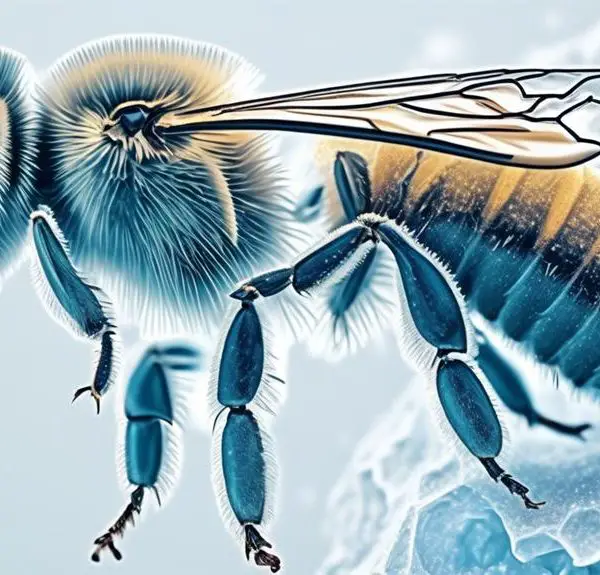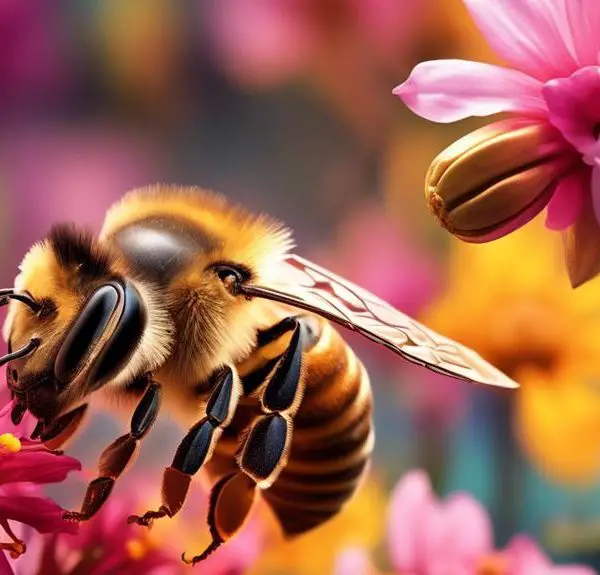Knead into the buzz about whether honey bees are truly making a comeback, amidst environmental threats and their critical role in our ecosystem.
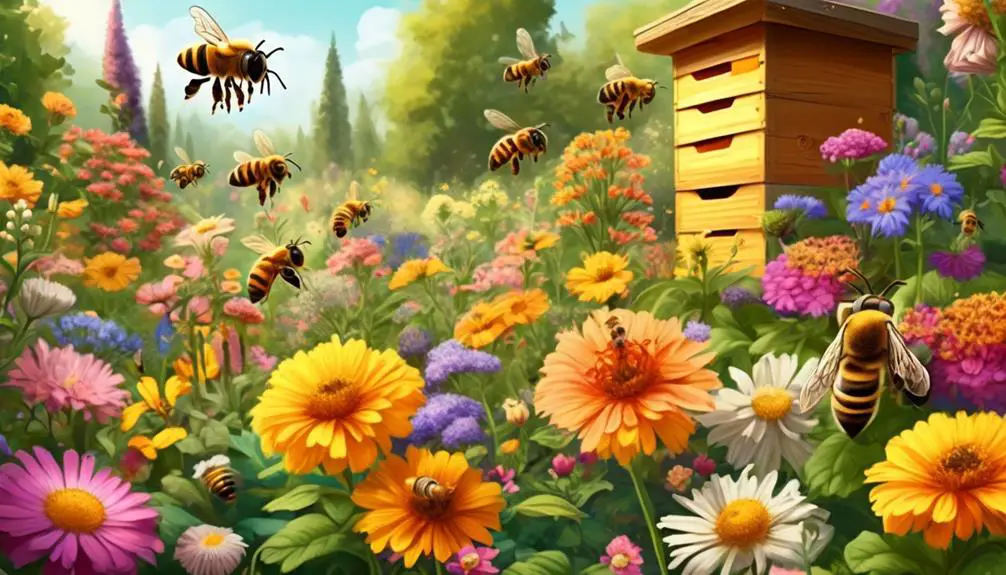
Are Honey Bees Coming Back
Imagine a world without honey bees, it's a world that's practically fruitless and flowerless. You've likely heard the buzz about the decline in honey bee populations over the past decade. It's been a major concern for farmers, scientists, and environmentalists alike.
The reasons have been many, ranging from habitat loss, pesticides, to climate change. But lately, there's been a glimmer of hope. Some reports suggest that these industrious insects might be making a comeback. But is this truly the case, or just another sweet illusion?
Let's explore deeper into the hive of this matter.
Key Takeaways
- Bee populations have experienced sharp losses followed by partial recovery, but long-term trends still show a worrying decline.
- Conservation efforts, including reintroduction programs and pesticide reform, have shown promise in boosting bee numbers and genetic diversity.
- Factors contributing to bee population decline include pesticide contamination, habitat loss, diseases like Varroa mites, and climate change disrupting bee behaviors.
- A potential honey bee comeback could lead to increased agricultural productivity, strengthened biodiversity, positive economic impacts, and benefits for consumers.
Understanding Bee Population Decline

Often, to fully grasp the recent resurgence of honey bees, you need to first understand the factors contributing to their drastic decline over the past few decades. It's not simply a case of fewer flowers or harsher winters. Rather, it's a complex interplay of several factors.
Pesticide use is a critical factor. You might think it's just about killing pests, but unfortunately, bees are collateral damage. These chemicals contaminate the nectar and pollen bees collect, causing physical harm and impairing their ability to navigate and reproduce.
Parasites, particularly the Varroa mite, have decimated colonies globally. This mite not only drains the bees of their vital nutrients but also transmits deadly viruses.
Loss of habitat is another key factor. Urbanization and intensive farming practices have led to the replacement of flower-rich habitats with monocultures and concrete, leaving bees with less to eat and fewer places to live.
Climate change also plays a part. It disturbs the timing of flower blooming and the bees' breeding cycle, leading to a mismatch with potentially serious consequences.
Understanding these factors is essential in reversing the decline and fostering a comeback.
Factors Affecting Honey Bee Survival
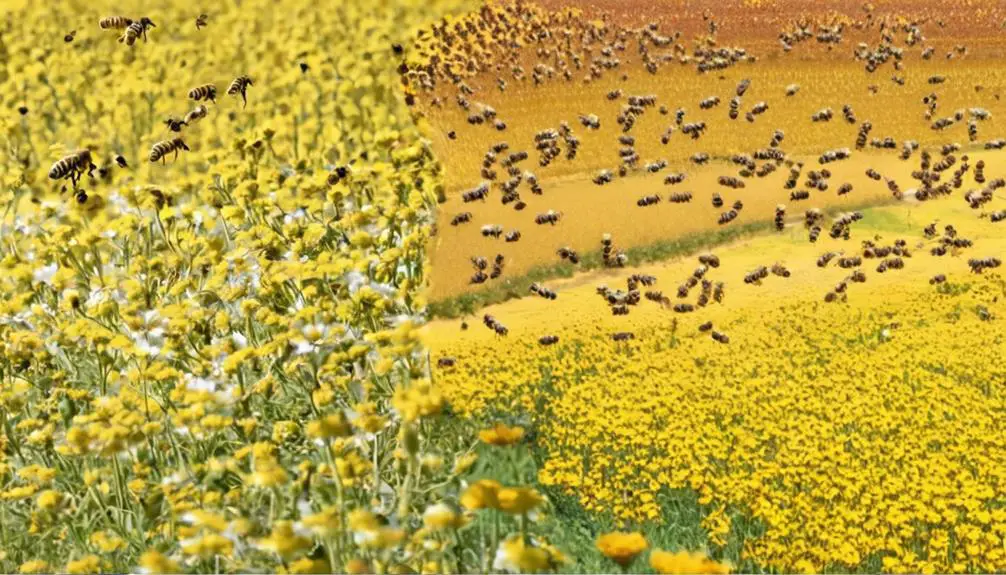
Now that you've grasped the reasons behind the honey bees' decline, let's examine the key factors that directly affect their survival chances. Firstly, habitat loss is a major concern. When large fields of wildflowers are replaced by monoculture crops or urban development, bees lose the diverse food sources they need for a balanced diet.
Secondly, you've got pesticides. These chemicals, intended to protect crops from harmful insects, often end up harming the bees too. Systemic pesticides are particularly damaging as they infiltrate every part of a plant, making the nectar and pollen toxic to bees.
Thirdly, diseases and parasites have been wreaking havoc on bee populations. The Varroa destructor mite is a notable offender, weakening bees and spreading deadly viruses.
Lastly, climate change can't be ignored. Unpredictable weather patterns and increased temperatures can disrupt bee behaviors and limit food availability.
Recent Trends in Bee Populations
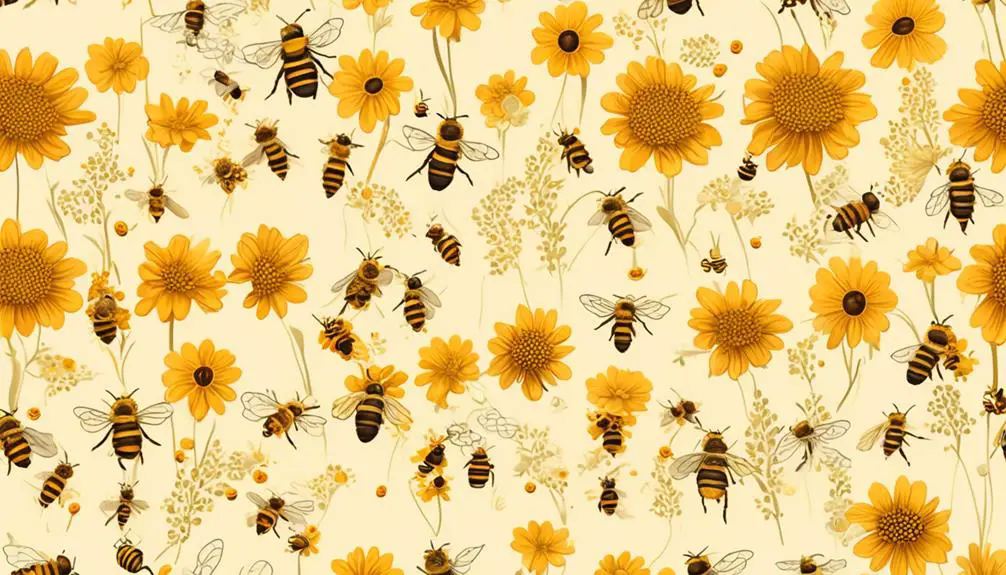
You might be wondering, 'Are honey bee populations showing signs of recovery or continuing their decline?' Let's delve into recent trends and analyses to answer this critical question.
In recent years, there's been a slight uptick in honey bee populations in some regions, which is encouraging. But it's important not to let this overshadow the broader picture. Despite these temporary gains, long-term trends still indicate a worrying decline.
Research shows that wild bee populations in the US have dropped by nearly 50% in the last five decades. This decline isn't steady; it's marked by periods of sharp loss followed by partial recovery. So, while we're seeing some improvement now, we can't ignore the overall trend.
Moreover, the specific habitat where bees are thriving is also crucial. Some areas have seen a rise in bee populations due to conservation efforts, but these are isolated successes. The majority of habitats remain under threat from factors like pesticide use and climate change.
Impact of Conservation Efforts
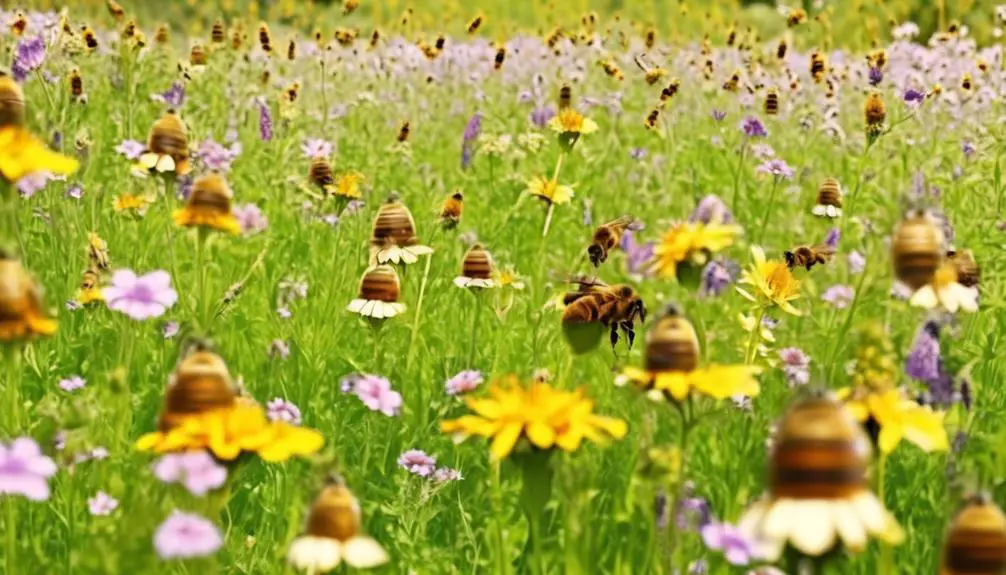
Despite the grim statistics, conservation efforts have begun to make a significant impact, particularly in areas where these initiatives are well-implemented and sustained. You've likely heard about the efforts of local beekeepers, gardeners, and even large corporations to protect and preserve honey bee populations. What you mightn't realize is the remarkable effect these efforts are having.
For instance, consider the reintroduction programs. These involve breeding honey bees in a controlled environment and then releasing them into locations where their populations have significantly dwindled. These programs aren't just boosting numbers; they're also improving genetic diversity, which is vital in creating a more resilient bee population.
Then there's the push for pesticide reform, which is starting to bear fruit. Certain harmful pesticides are being banned or restricted, and this is leading to healthier, stronger bee populations in those areas.
Implications of a Honey Bee Comeback
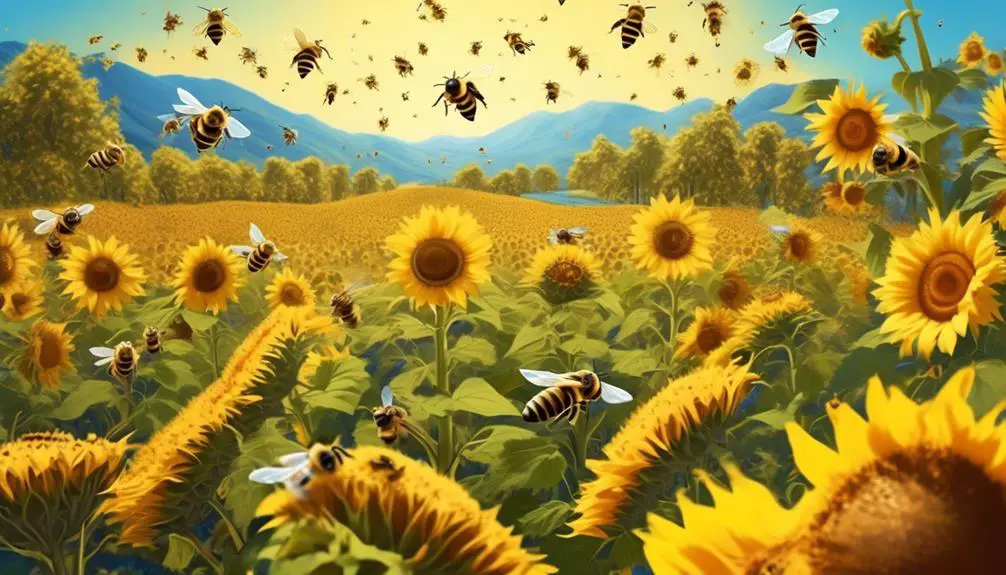
Building on these positive strides in conservation, it's important to understand the potential implications if honey bee populations continue to rebound. You may wonder, 'Why should I care about bees?' Well, let's delve into this.
Firstly, you'd see a significant improvement in agricultural productivity. Honey bees play a vital role in pollination, contributing to the growth of a third of the food you consume. More bees mean more food, and who doesn't want that?
Secondly, a honey bee comeback would strengthen the biodiversity of our ecosystems. Bees support the growth of flowers, plants, and trees, fostering a healthy, diverse environment. This isn't just good for nature, it's good for you too.
Lastly, let's not forget the honey. Increased bee populations would mean more honey production, positively impacting local economies. You'd see a boost in the honey industry, from beekeepers to retailers, and even to you as a consumer benefiting from a wider variety and availability of honey.
Conclusion
You've seen how honey bee populations have been declining, facing various threats. But recent trends hint at a possible comeback, thanks in part to concerted conservation efforts.
This resurgence would have profound implications, not just for our ecosystems, but for our agriculture and economy as well.
It's clear that the future of honey bees isn't written yet, but with continued focus on their protection, we might just witness a sweet comeback.

